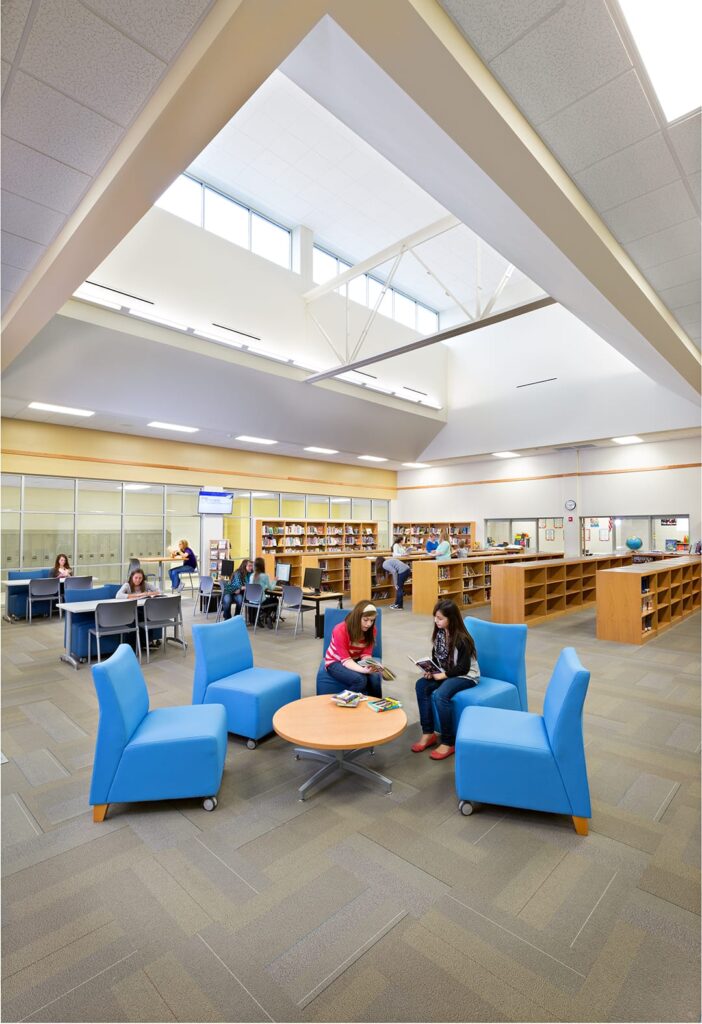If you’re an owner interested in expanding or renovating your facility or building a new one, many project delivery options are available to take your facility through design and construction.
From the first ever public design-build airport project in Indiana to numerous K-12 school engagements, Hagerman has successfully completed multiple public design-build projects. With the design-build delivery method, owners benefit from having a single, combined contract for both design and construction, integrating the roles of designer and constructor.
The next evolution of this delivery method is Progressive Design-Build—an adaptation of traditional design-build that provides another option for owners. According to the Design-Build Institute of America, with Progressive Design-Build:
- the owner engages the design-builder early in project discussions,
- the design-builder is usually selected based on qualifications, not solely on price and schedule, and
- the design-builder delivers the project in two phases:
- Phase 1, which includes pricing-level design development, preconstruction services and the negotiation of a firm contract price for the project (either lump sum or guaranteed maximum price), and
- Phase 2, which includes final design, construction and commissioning.
This process offers multiple benefits to the owner and the design-build team.
- Clarity on budget. With progressive design-build, cost is entered into the discussion much earlier in the process than traditional public design-build, allowing the team to design to a specific budget
- Collaboration on design and constructability. In traditional public design-build projects, dialogue with the owner is fairly limited. Progressive design-build allows the team to more fully understand the owner’s objectives and preferences, which helps them innovate to meet or exceed goals related to function and performance. In addition, early involvement of key trades helps drive confidence in the guaranteed maximum price.
- Qualifications-based selection. Public progressive design-build allows owners to select firms based on their qualifications and experience rather than selecting a firm primarily based on the lowest bid. Firms chosen to fulfill the skilled, critical roles of design and construction are based on expertise, resulting in a well-designed and built project. This helps keep projects on schedule and within budget, ultimately benefitting the public entities and their taxpayers.
- Streamlined, efficient approach. Progressive design-build is less complex and time-consuming in the upfront stages, improving efficiency for the design and construction team members pursuing the work. The process also typically allows owners to reach a decision on the team selection sooner than traditional design-build.
While traditional design-build can still be a preferred approach for some owners depending on the situation, progressive design-build provides another option that can lessen some of the potential drawbacks while retaining the benefits of a single-entity contract.
Interested in talking through the best project delivery solution for your upcoming project? Hagerman has experience in a variety of project delivery methods. Email Rob to schedule a conversation.
Note: Linked articles are from the Design-Build Institute of America web site: www.dbia.org.


